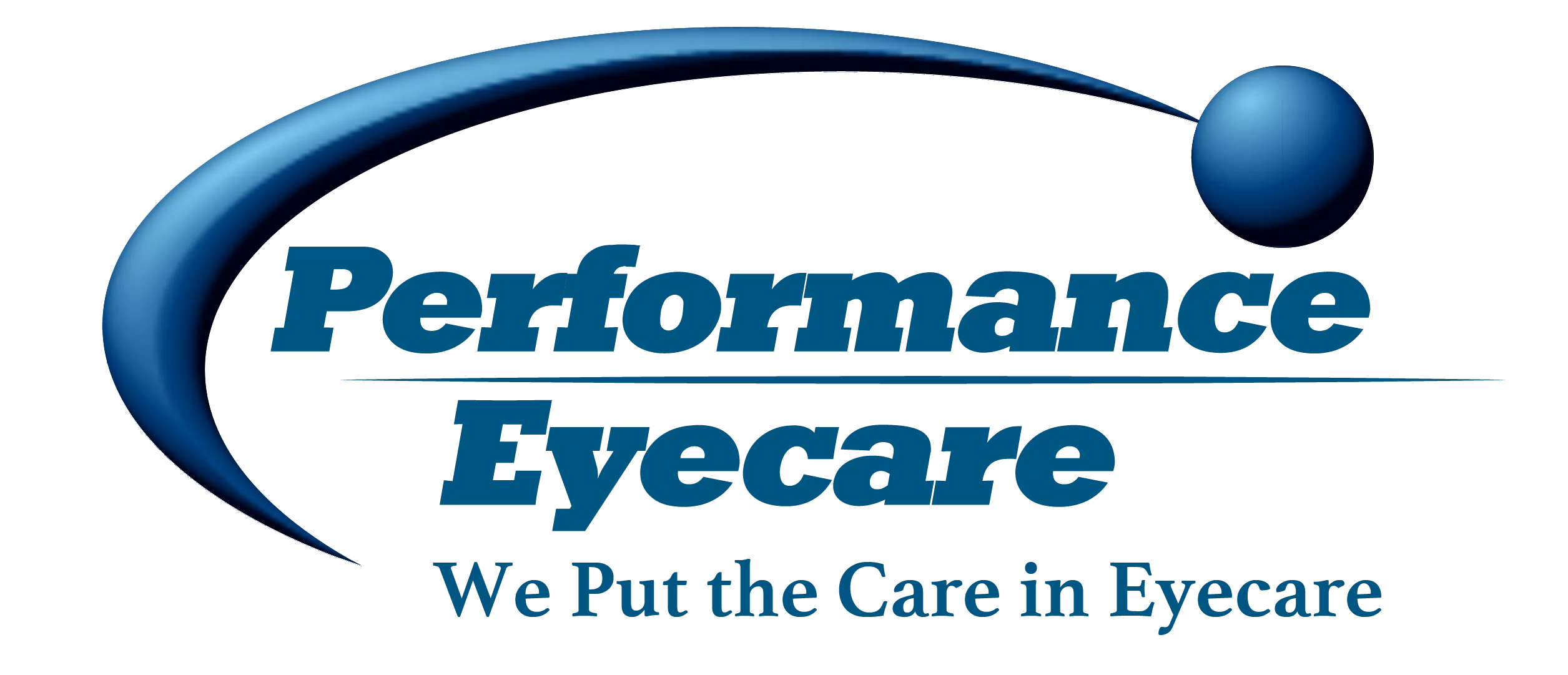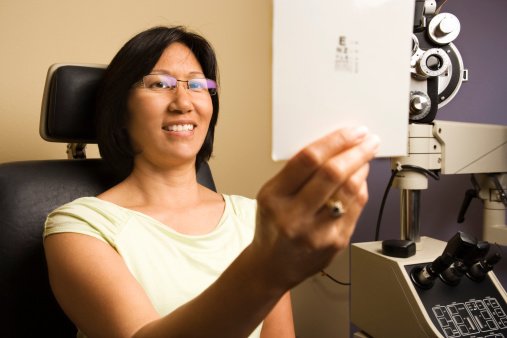We understand the word “exam” can add some unnecessary stress to your life, so we wanted to share with you what a routine comprehensive eye exam usually consists of:
As noted by Gary Heiting, OD, and Jennifer Palombi, OD, the following is what makes up a routine eye exam:
Visual Acuity Test
This measures the sharpness of your vision and it’s usually performed with a projected eye chart to measure the distance visual acuity. It also consists of a small, handheld acuity chart to measure your near vision as well.
Color Blindness Test
This test can check your color vision as well as alert your eye doctor to any possible eye health problems that may affect your color vision.
Cover Test
During this test, your eye doctor will have you focus on a small object across the room and will then cover each of your eyes alternately while you stare at the target. The doctor then assesses whether the uncovered eye must move to pick up the fixation target, which could indicate strabismus or a more subtle binocular vision problem that could cause eye strain or amblyopia, known as “lazy eye.”
Retinoscopy
Your eye doctor may perform this test early in the eye exam to obtain an approximation of your eyeglass prescription.
In retinoscopy, the room lights will be dimmed and you will be given a large target (usually the big “E” on the chart) to fixate on. As you stare at the “E,” your eye doctor will shine a light at your eye and flip lenses in a machine in front of your eyes.
Refraction
During a refraction, the doctor puts the instrument called a phoropter in front of your eyes and shows you a series of lens choices. He or she will then ask you which of the two lenses in each choice looks clearer.
Based on your answers, your eye doctor will continue to fine-tune the lens power until reaching a final eyeglass prescription.
Autorefractors and Aberrometers
An autorefractor, like a manual refraction, determines the lens power required to accurately focus light on your retina. Autorefractors are especially useful in certain cases such as evaluating young children who may not sit still, pay attention or interact with the eye doctor adequately for an accurate manual refraction.
Slit-Lamp Examination
The slit lamp, also called a biomicroscope, allows your eye doctor to get a highly magnified view of the structures of your eye to thoroughly evaluate your eye health and detect any signs of infection or disease.
During this test, your doctor will have you place your chin on the chin rest of the slit lamp and will then shine the lamp’s light at your eye. The doctor looks through a set of oculars (much like a microscope in a science lab) and examines each part of your eye in turn.
He or she will first examine the structures of the front of your eye (lids, cornea, conjunctiva, iris, etc.). Then, with the help of a special high-powered lens, your doctor will view the inside of your eye (retina, optic nerve, macula and more).
The Glaucoma Test
A common glaucoma test is the “puff-of-air” test, technically known as non-contact tonometry, or NCT. (This test was immortalized on the hit TV show Friends, when Rachel couldn’t sit still for it.)
For NCT, the test begins with you putting your chin on the machine’s chin rest. While you look at a light inside the machine, the doctor or a trained assistant will puff a small burst of air at your open eye. It is completely painless, and the tonometer does not touch your eye.
At Performance Eyecare, we do not use the air puff. Instead, our doctors instills an eye drop and determines your eye pressure while looking with the microscope. There is no pain and this method is much more accurate than blowing air into your eye.
Pupil Dilation
To obtain a better view of the eye’s internal structures, your eye doctor instills dilating drops to enlarge your pupils. Dilating drops usually take about 20 to 30 minutes to start working. When your pupils are dilated, you will be sensitive to light (because more light is getting into your eye) and you may notice difficulty focusing on objects up close. These effects can last for up to several hours, depending on the strength of the drop used.
Once the drops have taken effect, your eye doctor will use various instruments to look inside your eyes. You should bring sunglasses with you to your eye exam, to minimize glare and light sensitivity on the way home. If you forget to bring sunglasses, the staff usually will give you a disposable pair.
Visual Field Test
In some cases, your eye doctor may want to check for the possible presence of blind spots (scotomas) in your peripheral or “side” vision by performing a visual field test. These types of blind spots can originate from eye diseases such as glaucoma.
Analysis of blind spots also may help identify specific areas of brain damage caused by a stroke or tumor.

